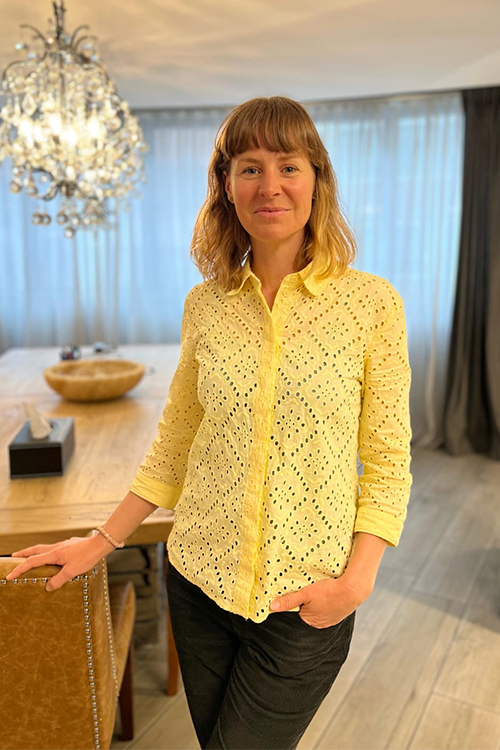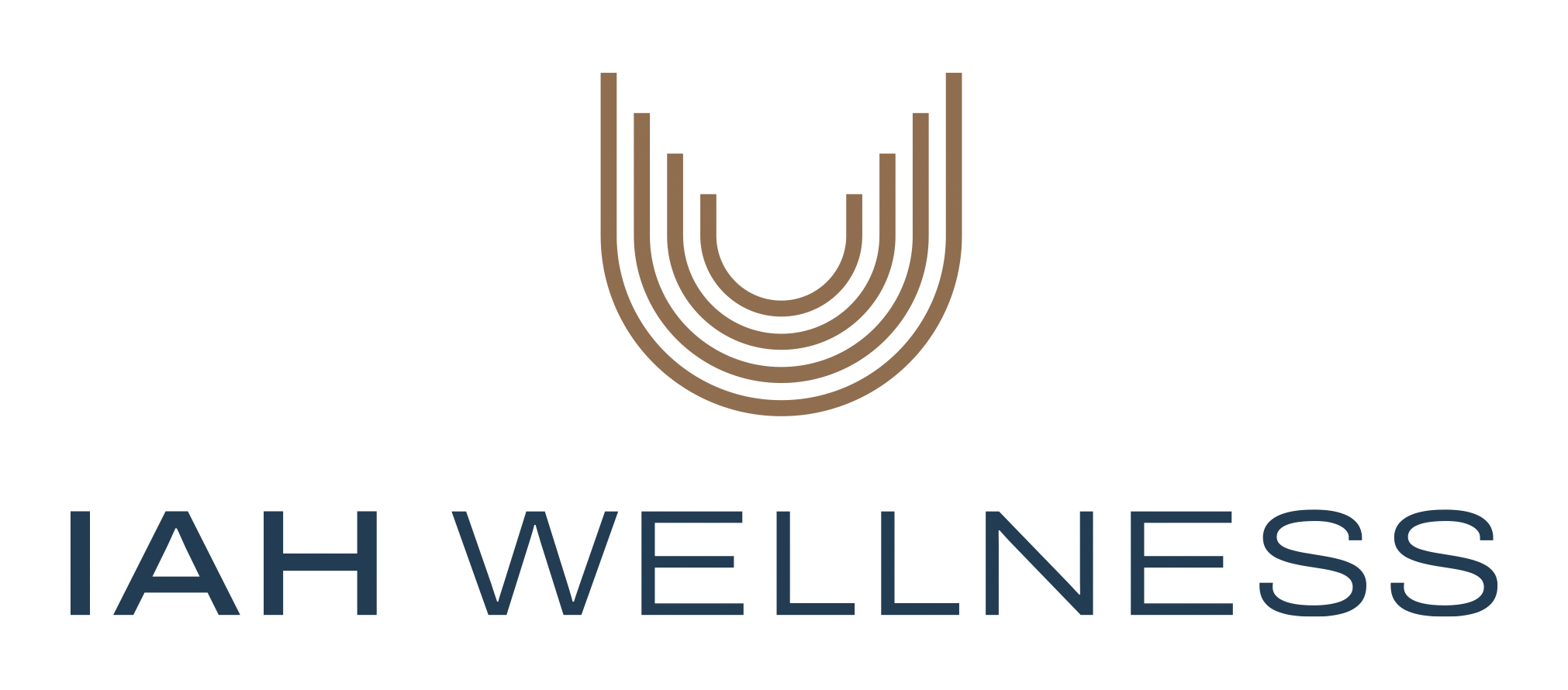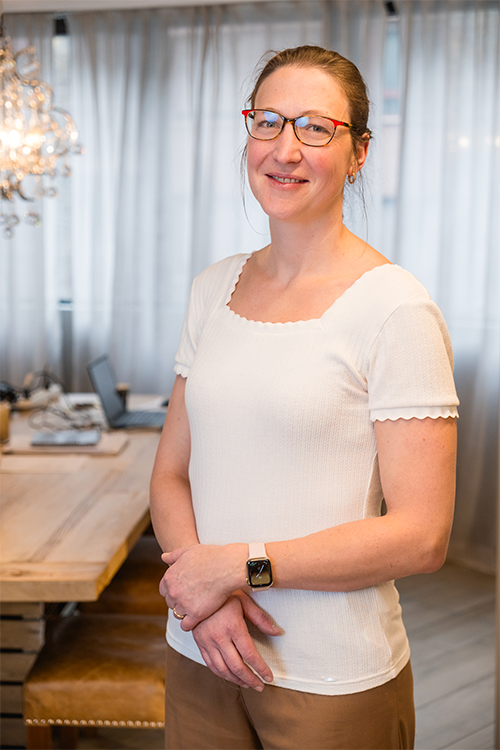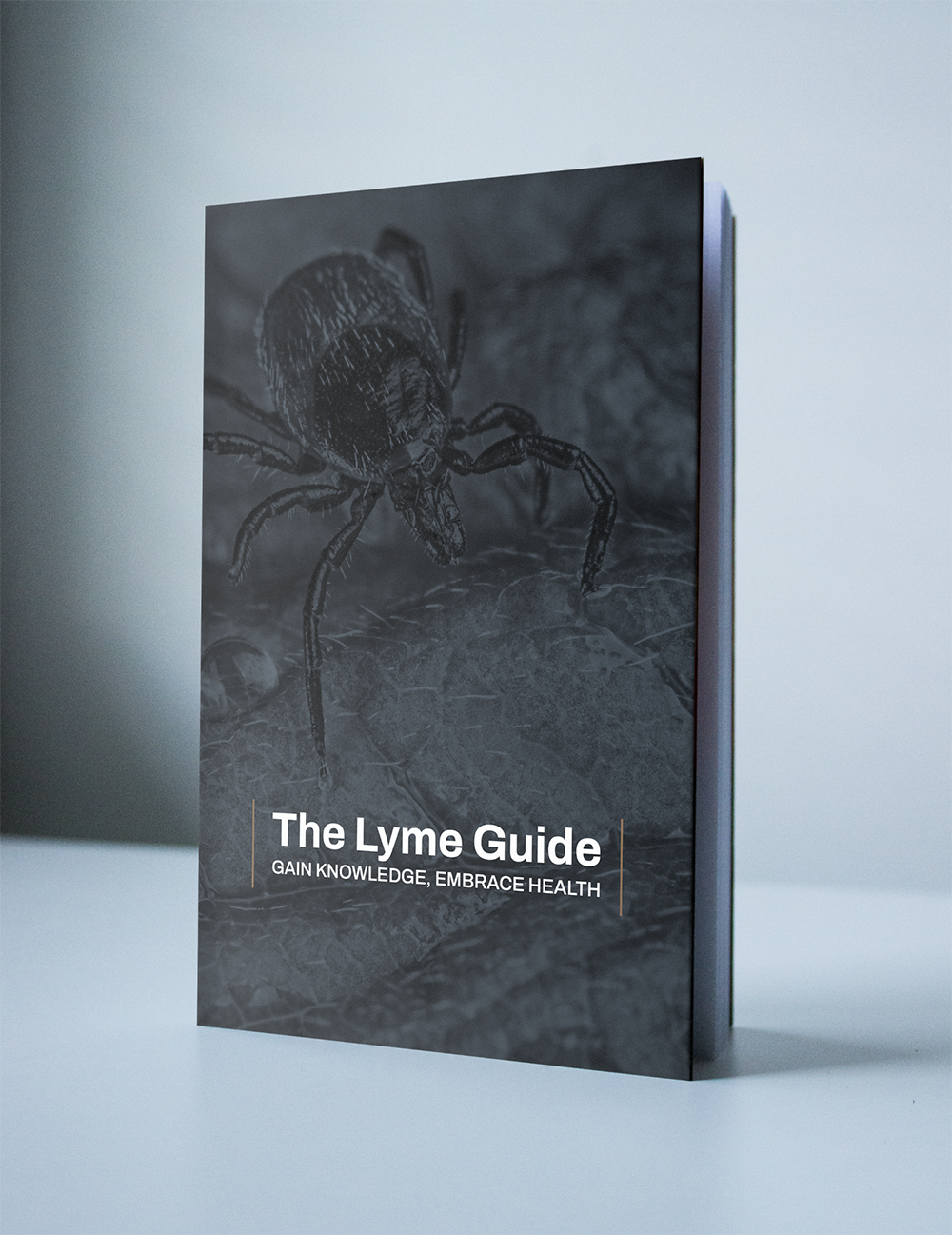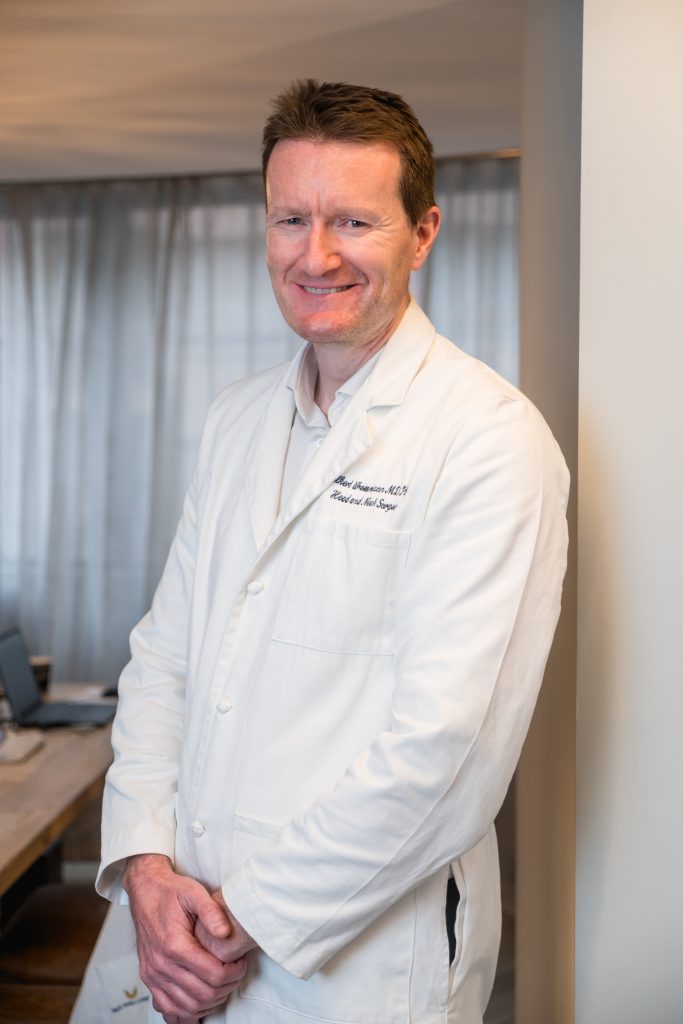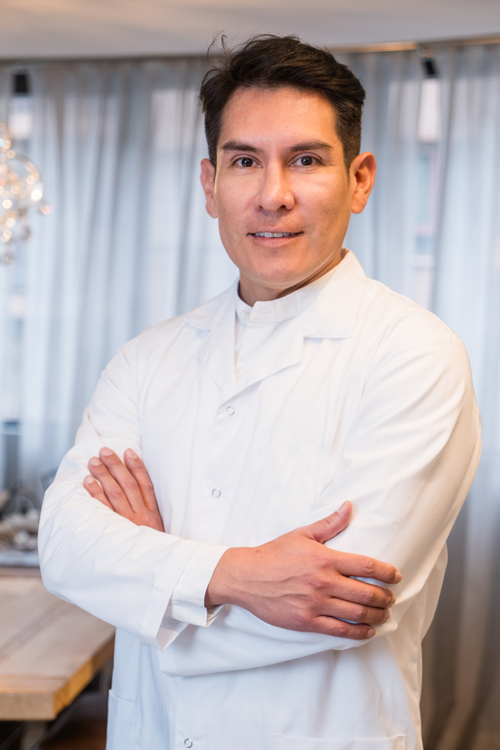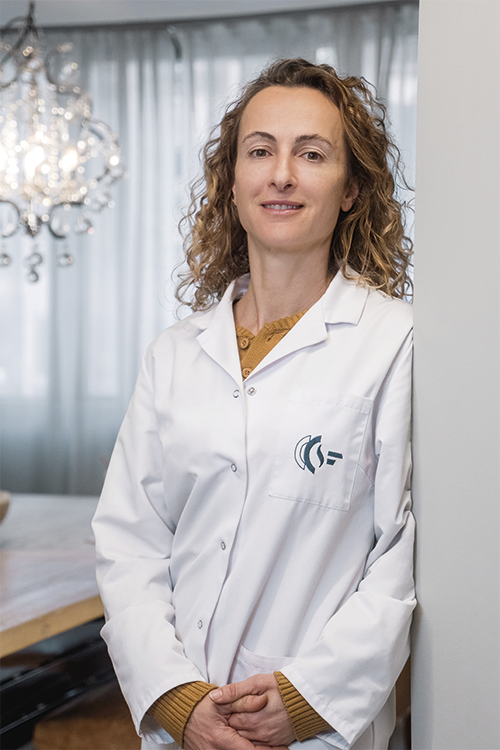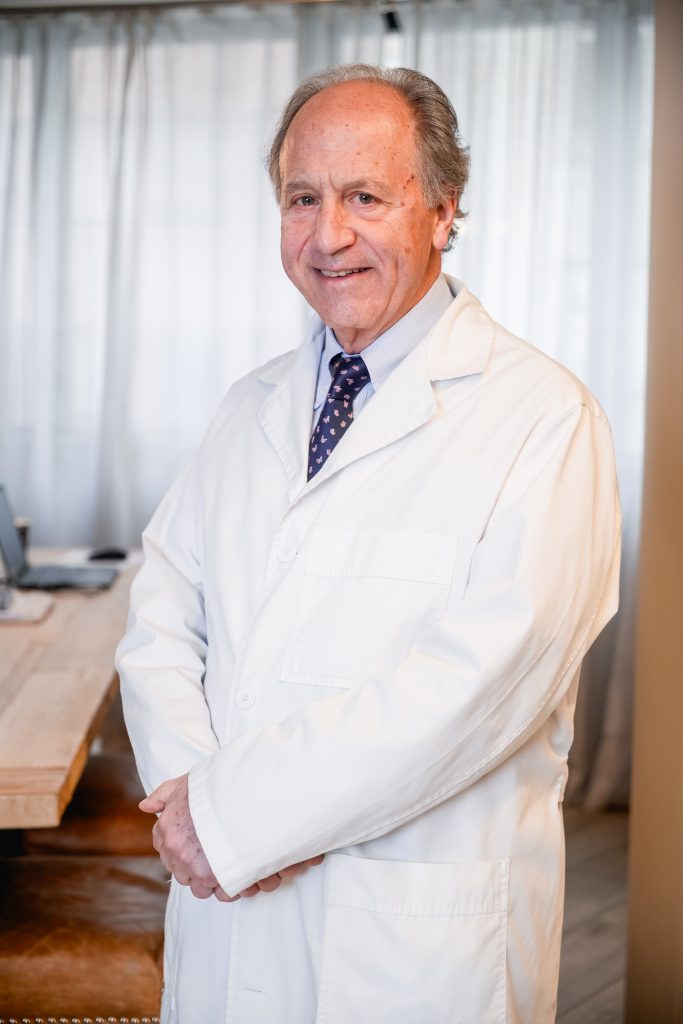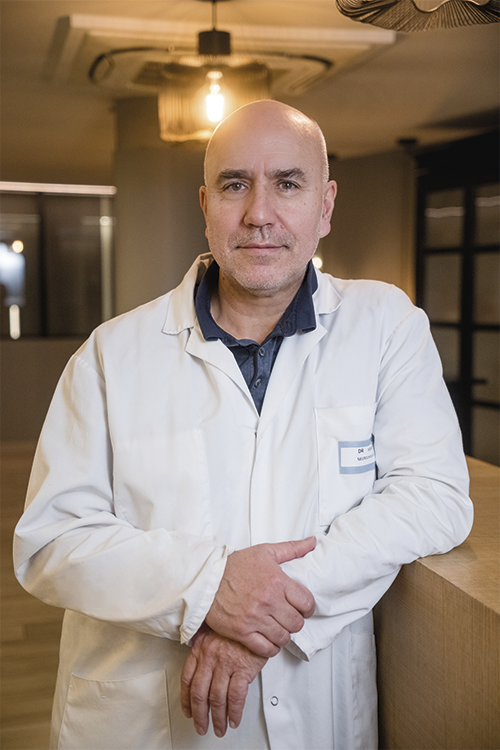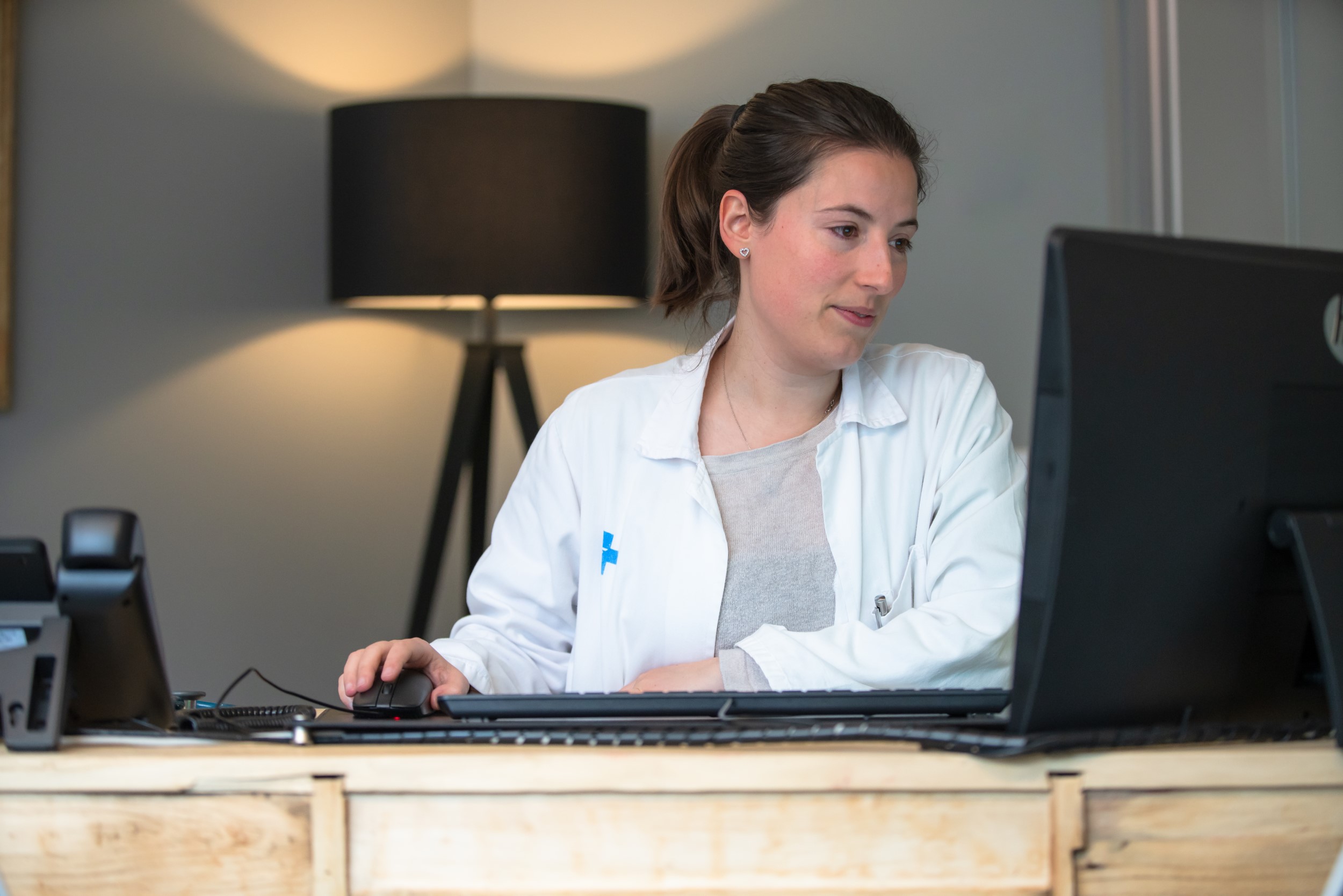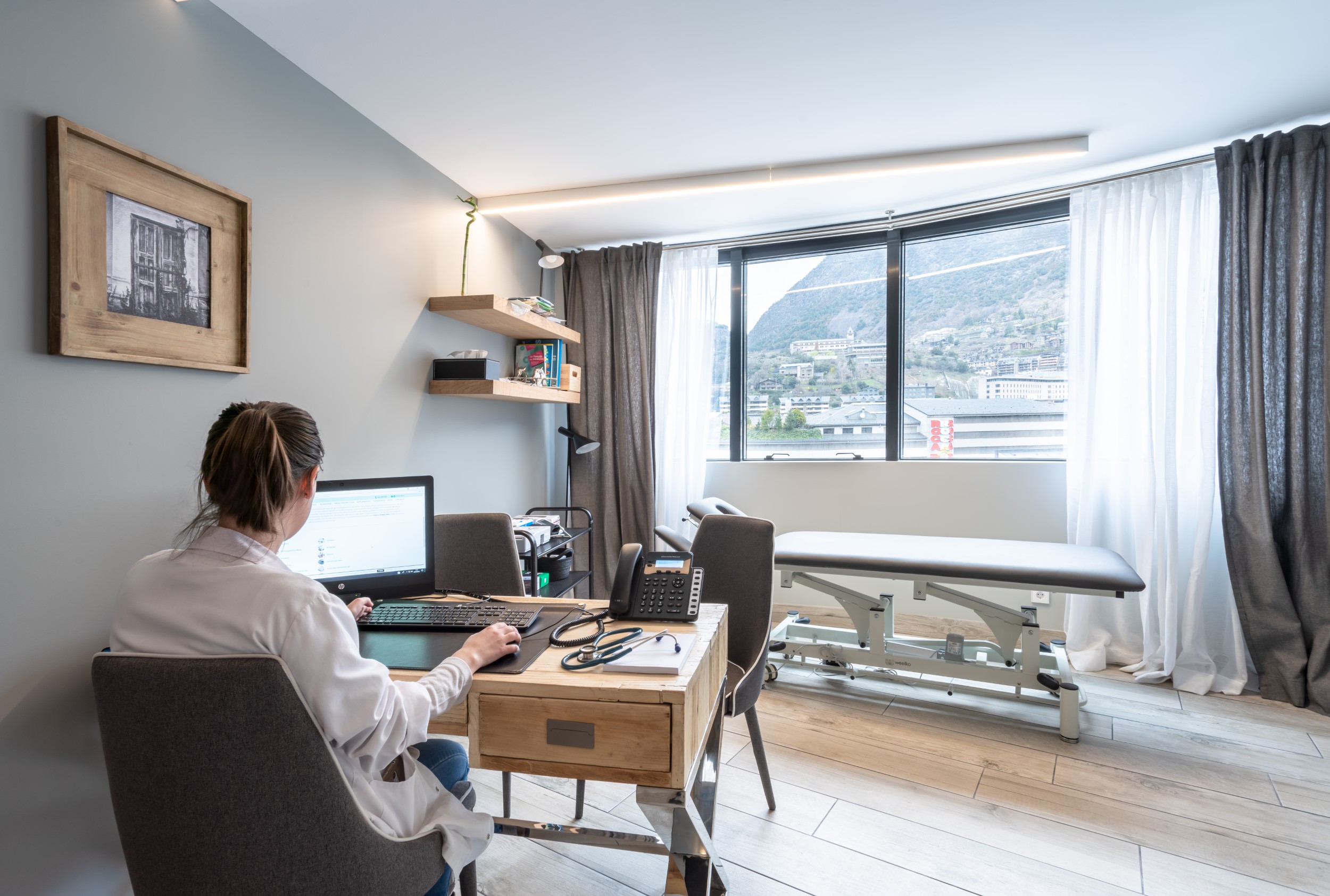IPT
IPT is primarily used as a gentle form of chemotherapy to combat cancer. But IPT can also be of great benefit with other diseases which until now have proven intransigent and difficult to treat. The key element in IPT is the insulin. This autologous hormone is produced in the pancreas and serves to transport nutrients from the blood into the cells. Insulin is thus the door opener which renders the cell membranes (the outer mantle of the cells) permeable and receptive.
The “Trojan Horse” against Lyme
The key element in IPT is the insulin. This autologous hormone is produced in the pancreas and serves to transport nutrients from the blood into the cells. Insulin is thus the door opener which renders the cell membranes (the outer mantle of the cells) permeable. If insufficient insulin is present, the supply of nutrients cannot take place, so healthy cells also soon suffer from lack of nutrients, as is the case with diabetes, for example.
Since insulin is the general door opener for cells, it follows that this hormone can be used to introduce not only nutrients, but also other carefully chosen, precisely measured substances, such as medication, into the cells as well.
Insulin Potentiated Therapy exploits the “door opening” function of insulin in the cell membranes, allowing the necessary substances to be introduced into the organism in much lower doses than in conventional therapies.
IPT for Lyme and co-infections
Lyme is a multisystemic infectious disease which can attack any organ, the human nervous system, the joints and various tissues. This awkward, often difficult to diagnose disease is transmitted in our latitudes almost exclusively by a type of tick known as the deer tick (in rare cases also by mosquitoes or horseflies). Infections with the disease usually entail other complaints as well, which must be identified. Because only a large number of possible “pathogens” is capable of compromising the individual immune system to the point of outbreak of the disease.
The standard treatment for Lyme usually involves oral antibiotics. But as with classic chemotherapies for treating cancer, conventional antibiotic therapy is administered over the course of months and results in an enormously diverse range of side effects, which weaken the patient further. Consequently, the negative effects of conventional therapy often outweigh the desired positive effects.
Here too, insulin helps to “smuggle” carefully selected antibiotics into the interior of the cells, so that only a fraction of the conventional doses is required. This is where the Borrelia bacteria “hide”, out of reach of conventionally delivered antibiotics.
The same applies to diseases which are caused by a chronic infection. These include the diseases of the rheumatoid type, such as c chronic arthroses and arthritises.Many bacteria and viruses are unreachable with the therapeutic procedures known today, so they also cannot be eliminated. On the other hand, IPT offers a way to locate, target and attack and/or neutralise these pathogens inside the cells, by using insulin as a kind of “Trojan horse”.
At IAH Wellness we have developed a treatment protocol for the use of IPT targeting Lyme and co-infections based on introducing the necessary anti-biotics and anti-virals into the cells. We have undergone careful, thorough training in the application of IPT internationally, and accordingly we possess the necessary experience and certainty to be able to personalise IPT for use with individual patients to the best effect. The use of IPT in the fight against Lyme and co-infections can best be seen as the game changer permitting us to take the battle where we need it to be fought.

